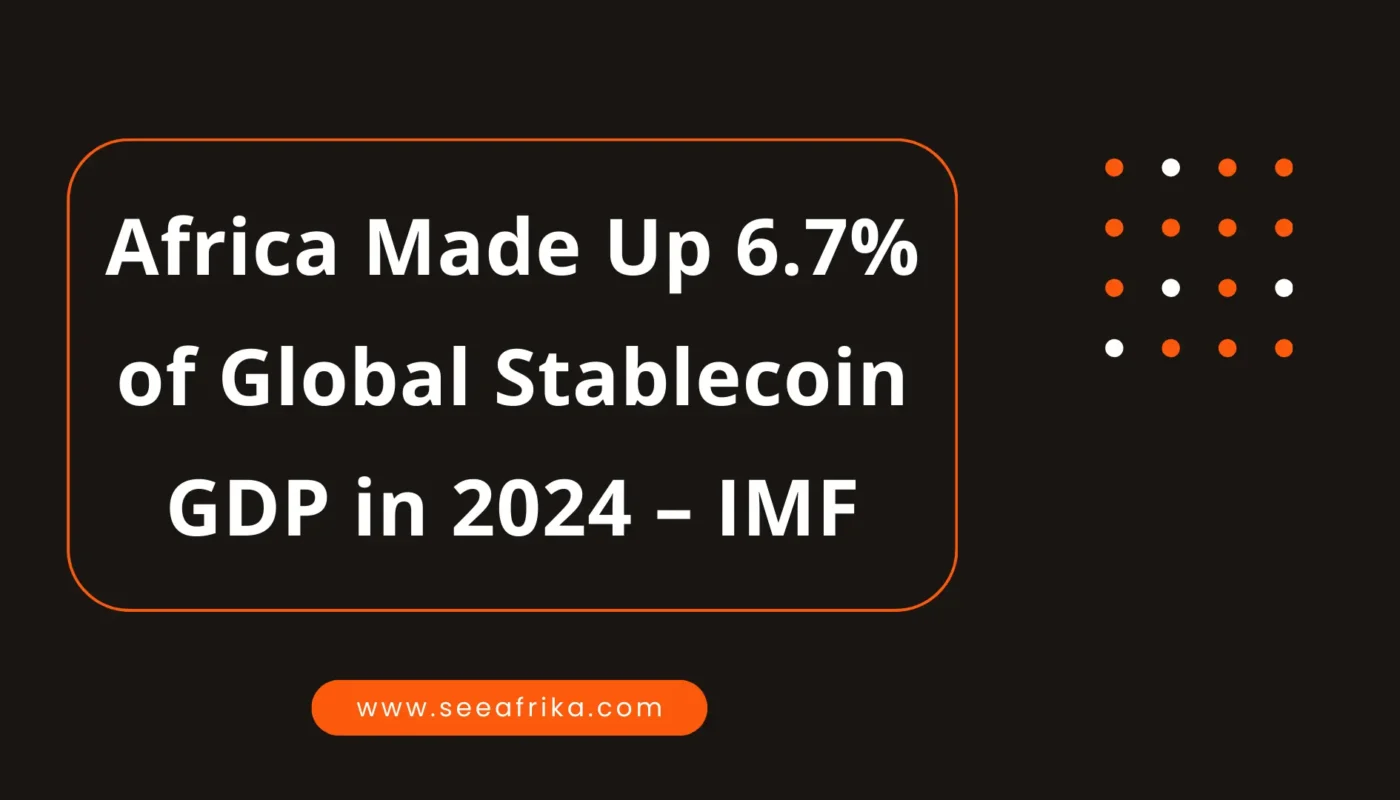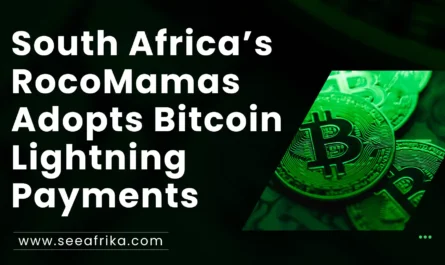The International Monetary Fund (IMF) has released a new working paper that reveals Africa’s significant presence in the global stablecoin economy. In 2024, Africa accounted for an impressive 6.7% of the global stablecoin GDP, placing it among the highest regions worldwide in terms of stablecoin usage relative to economic size. This revelation highlights the continent’s increasing reliance on stablecoins in cross-border transactions, remittances, and as a substitute for the dollar amid economic volatility.

Understanding Global Stablecoin GDP: Africa’s Key Position
Global stablecoin GDP refers to the economic value represented by stablecoin transactions in relation to the gross domestic product (GDP) of various regions. Stablecoins are digital currencies pegged to stable assets, such as the US dollar, enabling safe and efficient transfers without the traditional risks associated with currency fluctuations.
The IMF found that while North America and the Asia-Pacific region maintain the highest absolute stablecoin flows, regions such as Africa and the Middle East stand out for their substantial stablecoin usage compared to their GDP. Africa’s 6.7% share highlights the growing importance of stablecoins in its financial ecosystems, particularly in emerging economies.
Related news: Blockfinex Unveils DollarCoin to Empower Africans
High Volume, Cross-Border Focus in Africa’s Stablecoin Economy
In 2024, Africa’s stablecoin flows exceeded $200 billion. This volume is noteworthy considering the continent’s emerging market status. Approximately 57% of these transactions involved Tether’s USDT, while Circle’s USDC accounted for the remaining 43%. The majority of these transactions were cross-border, with only 14% remaining within the continent. This suggests that stablecoins support vital activities, such as remittances, trade settlements, and capital movement, rather than just local transactions.
Africa’s average transaction size stood around $13,108 in 2024, significantly lower than transaction sizes in advanced economies. This reflects the high frequency of smaller-value transfers, which are critical for everyday economic activities and support for families across borders.
Binance leads as the preferred crypto exchange in Africa, handling nearly 74% of the stablecoin centralized exchange transaction volume, compared to Coinbase, which dominates in North America. This exchange preference aligns with the continent’s unique market dynamics and adoption patterns.
Related news: West Africa Rises As Global Hub for Virtual Assets – SEC
Stablecoins as a Dollar Substitute Amid Currency Volatility
The IMF report highlights Africa’s increasing reliance on stablecoins as a substitute for the US dollar, particularly in countries with volatile local currencies and high remittance costs. Stablecoins help bypass the inefficiencies and restrictions associated with accessing USD through traditional banking systems.
Net stablecoin inflows to Africa predominantly come from North America, which acts as the primary stablecoin “exporter” to meet global dollar demand. These inflows help balance currency shortages and enable smoother international trade and remittance flows, establishing stablecoins as a crucial pillar in Africa’s financial infrastructure.
Related news: Rwanda’s Central Bank Explores CBDC with Targeted Testing
Global Context: How Africa Compares on Stablecoin Usage
While Africa’s 6.7% share of global stablecoin GDP is substantial, Latin America and the Caribbean slightly surpass it with a 7.7% share relative to their GDP, illustrating another emerging market’s reliance on stablecoins. In contrast, North America and the Asia-Pacific have larger absolute stablecoin volumes but smaller shares relative to their respective economic sizes.
The total global stablecoin transaction volume in 2024 reached approximately $2 trillion, encompassing 138 million transactions across 14.6 million wallets. Self-custodial wallets, where users manage their own keys, accounted for 72% of stablecoin transaction volume worldwide, underscoring the global crypto community’s preference for direct control over assets.
The IMF’s novel methodology leverages AI and machine learning to accurately estimate the geographic distribution of stablecoin flows, overcoming the challenges posed by crypto anonymity. This insight allows an unprecedented look into how stablecoins penetrate various economies and contribute to their financial activities.
Also read: How Nigeria’s Web3 Boom Earned It 4% of Global Blockchain Devs
Why This Matters: Boost for Financial Inclusion and Economic Efficiency
Africa’s booming stablecoin economy is more than a technological trend. It represents a meaningful shift in how money moves across borders and how people store and manage value. Given the continent’s large unbanked populations, high mobile penetration, and reliance on remittances, stablecoins provide affordable, fast, and reliable financial services.
Moreover, the IMF notes that stablecoins can reduce transaction costs, increase transparency, and decrease dependence on traditional banking infrastructures that often exclude marginalized communities.
Related: Cleva Launches Stablecoin Deposits
Looking ahead, the growth of stablecoins in Africa suggests intensified adoption, broader use cases, and integration with digital payment innovations, such as central bank digital currencies (CBDCs). These developments could further enhance financial inclusion, domestic payment efficiencies, and economic resilience on the continent.




